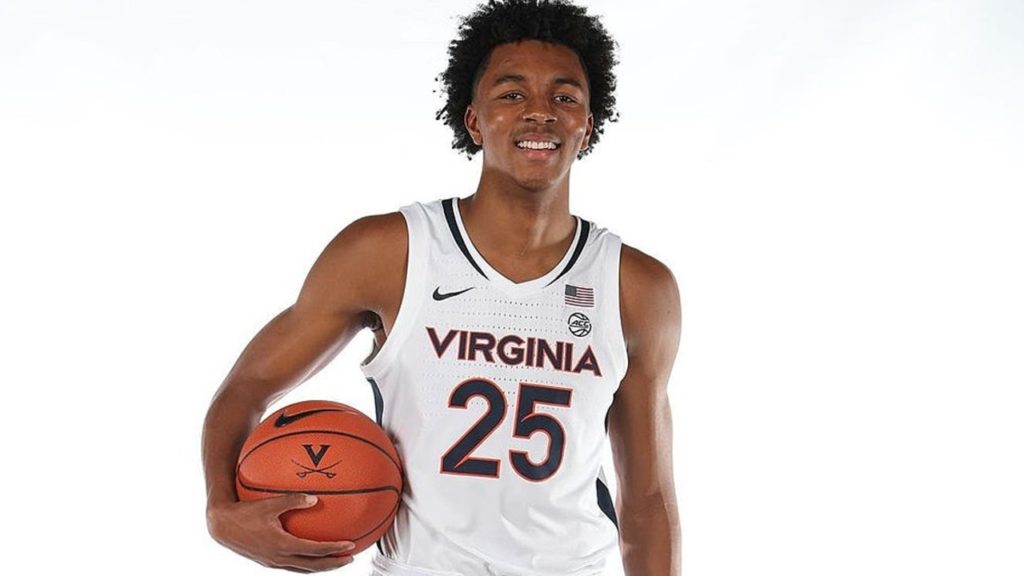The NBA Draft is one of the most exciting annual events in professional sports, especially in terms of non-competition buzz. No other league’s fanbase enjoys the “other stuff” as much as the NBA and their following. Even the lottery system has become a fun, slightly more “fair” way to determine who receives what pick (while also eliminating the need to tank, since the probability of tanking into the first selection is much more unlikely now). Perhaps the draft is thrilling due to the limited number of draft slots (60) and incredible amount of uncertainty surrounding these prospects. Very seldom do “sure things” appear, and they usually go first when identified (Anthony Davis, Karl Anthony-Towns, John Wall, etc.). While teams are generally pretty successful, there are still flaws in the overall approach. Excluding the last three years (due to freshness in the league), an All-Star has been selected tenth or later in every draft since 2000. With so many possibilities swirling, why aren’t more folks talking about Trey Murphy as a lottery selection and potential star in the NBA'

For starters, most folks don’t understand the full timeline of Murphy’s growth and how we necessarily got to this point. As a skinny 6-foot-4 guard, the high school version of Murphy was still unbelievably impressive. He was the unquestioned best shooter in North Carolina (across all active classes at the time) but still didn’t receive the appropriate attention from college coaches—even upon expanding his capabilities as a player. Sure, Murphy was underdeveloped physically, but to originally only hold offers from Army, Navy, Rice, Rider, Presbyterian, and Tennessee Tech simply never made sense. Fast-forward two years, through a five-inch growth spurt, twenty extra pounds of muscle, and two productive seasons at Rice, and every team in the country is vying for his commitment. After joining Virginia, Murphy only further solidified his status as an underrated NBA prospect.
Now, Murphy is widely projected to be selected outside of the lottery—which seems like another mistake where folks will ultimately kick themselves in the end. Although Corey Kispert has a lot of obvious appeal (specifically through his shooting), one could argue the projections for Murphy and Kispert should be flipped. On paper, the similarities are evident. Kispert’s per-game totals are slightly higher, but his role was much bigger for a Gonzaga team who emphasizes offense way more than Virginia. Murphy’s shooting splits of 50.3/43.3/92.7 actually compare nicely to that of Kispert’s percentages of 52.9/44.0/87.8. Again, Kispert’s role naturally led to more touches, shots, and higher overall usage. Their respective offensive and defensive ratings are close in comparison, which can also be said for their block percentage, steal percentage, turnover percentage, true shooting percentage, and basically everything else. So, with Murphy playing a harder schedule, undergoing massive physical changes, transitioning from Rice to Virginia (and only getting better), and being a year younger than Kispert…what are we even talking about' Murphy’s body, athleticism, and defensive upside should all be viewed as clear separators between him and any other high-level shooting threat in the draft. Whatever team calls his name on July 29 could receive unimaginable dividends.